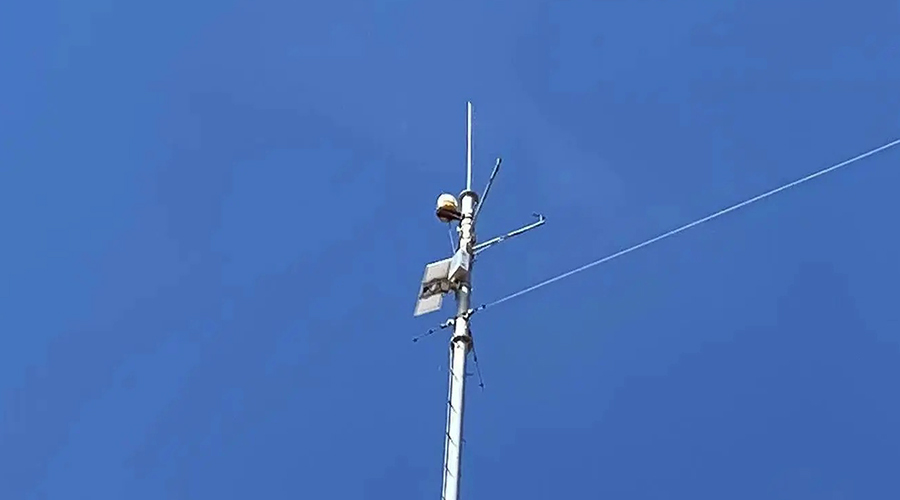
Solar Obstacle Lights: What’s the Significance?
Solar obstacle lights are installed on buildings, towers, wind turbines and other structures that may pose potential dangers to aircraft
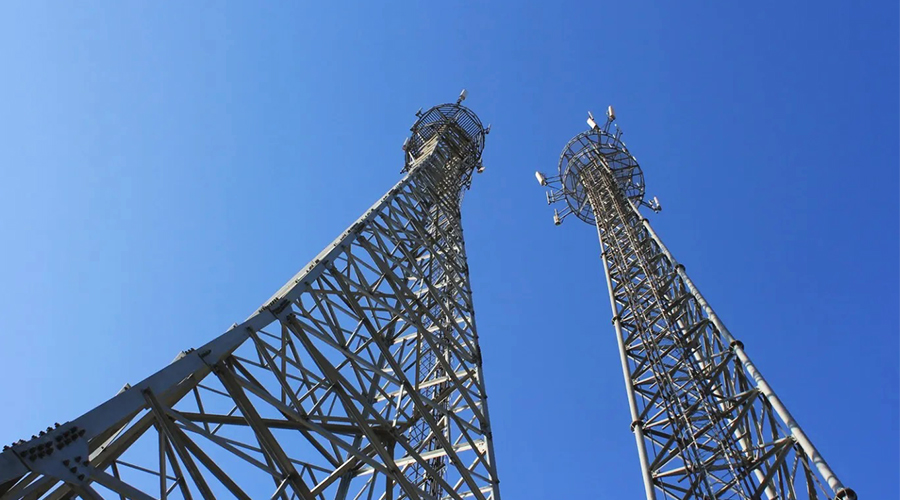
Medium intensity obstruction light are an indispensable and important equipment in the aviation and construction industries. They are used to identify high-rise buildings, towers and other obstacles that may pose a threat to aviation safety.
According to the regulations of the International Civil Aviation Organization (ICAO) and the civil aviation authorities of various countries, medium-intensity obstruction lights must meet a series of strict standards to ensure flight safety. This article will discuss these standards with you.
According to international standards, the light intensity of medium-intensity aviation lights is usually 200 to 2,000 candela to ensure that they can be clearly identified by aircraft during both daytime and nighttime.
The color of the light is generally red or white, depending on the height of the obstacle and the aviation regulations in the area.
Medium-intensity obstacle warning lights should have sufficient visible range. International standards generally require that the visible distance of the light in the horizontal and vertical directions is not less than 2km, and it can effectively cover the area around the obstacle to avoid the creation of blind spots.
In order to improve visibility, the flashing frequency of solar or AC high-altitude obstruction lights. Generally, it should be between 30 and 60 times per minute, which can ensure that the pilot can detect these obstacles at any time during the flight.
High-altitude obstacle warning lights need to work properly in all weather conditions, so their materials need to have good weather resistance. The lamps should be waterproof, dustproof and UV-resistant to cope with wind, rain and direct sunlight. At the same time, the design of the lamps should also have a long service life, usually at least five years.
The installation location and method of medium intensity obstruction light are also very important. The lamps should be installed in a prominent position to ensure that they are not blocked by surrounding buildings or trees.
In addition, regular maintenance and inspection are key to ensuring the normal operation of the lamps, including cleaning the lampshade, replacing damaged bulbs, etc.
Among the many medium-intensity aviation lights, YFFY-MI/A is a recommended product. This lamp meets international aviation standards and has high brightness and excellent brightness stability.
In addition, it uses highly weather-resistant materials and can work stably in harsh environments, making it very suitable for use in high-rise buildings and towers.
LED medium intensity obstruction light play a vital role in aviation safety, and the implementation of various standards is directly related to flight safety. Choosing a high-altitude obstacle warning light that meets the standards and is of reliable quality will help effectively identify obstacles and ensure flight safety. I hope this article can provide you with reference and help when choosing an obstruction light.

Solar obstacle lights are installed on buildings, towers, wind turbines and other structures that may pose potential dangers to aircraft
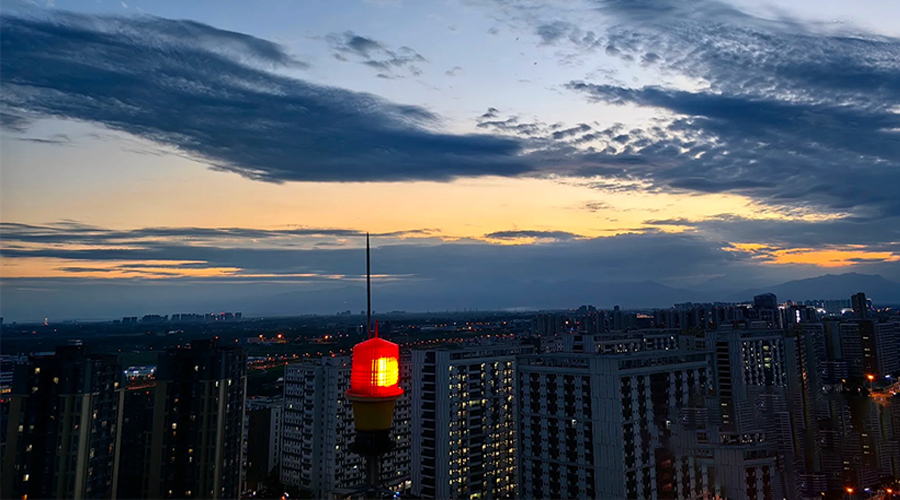
Aviation obstruction lighting has 3 types. What are the basis and characteristics of the color selection? Let us understand several
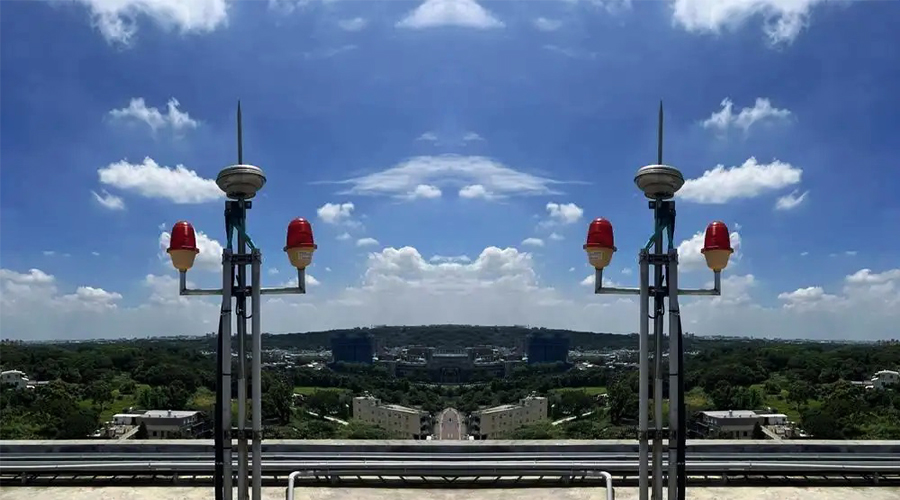
Type B Aviation Obstruction Warning Light was successfully installed in Malaysia, helping pilots to further avoid the hidden dangers of
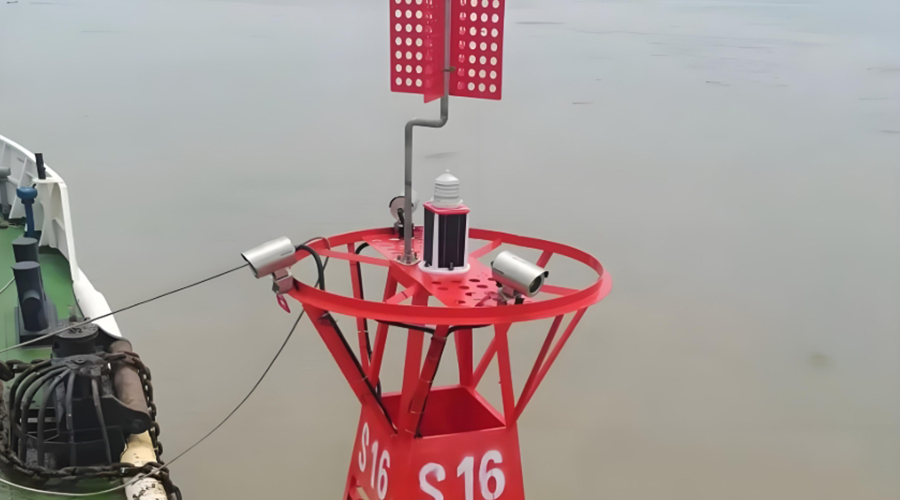
20nm solar navigation lights are mainly used for offshore buoys, inland river buoys, fixed light poles, offshore wind power platforms
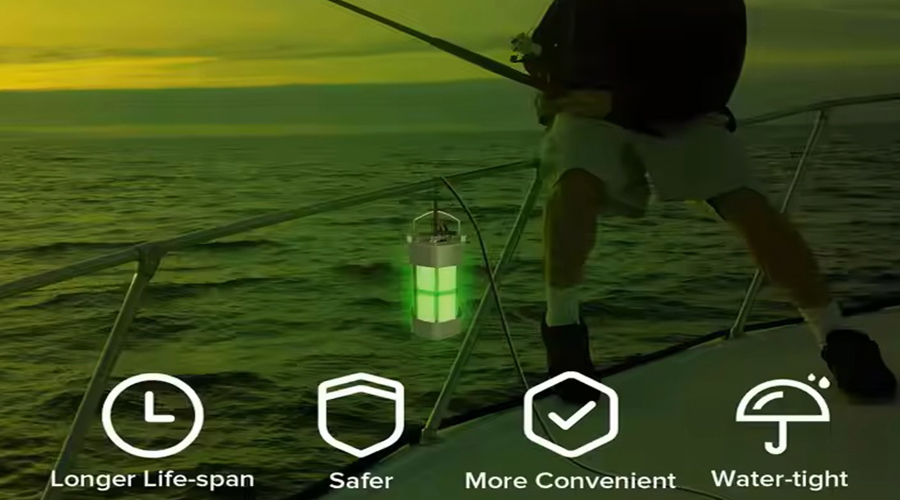
Underwater fishing light with IP68 – Different types of underwater lights correspond to different choices for deep water, shallow water,
Copyright © 2024 Shaanxi Yuefeng Feiyao Technology Co., Ltd. | Powered by YFFY Lights